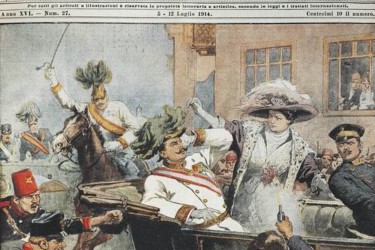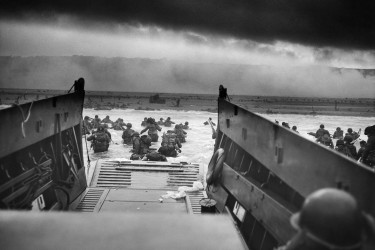AT&T was founded in 1885 as a subsidiary of Alexander Graham Bell’s American Bell Telephone Company. On December 30, 1899, AT&T acquired Bell Telephone and became the parent company. By the 1970s, it had grown to become the largest company in the world. The company was composed of several entities: Western Electric, which manufactured telephone equipment; Bell Laboratories, the company’s research and development arm; Long Lines, the provider of long-distance phone service; and twenty-four local operating companies (twenty-two of which AT&T owned in full), each covering a region, state, or large metropolitan area to provide local phone service nationwide. Referred to colloquially as “Ma Bell” beginning in the 1960s, AT&T completely dominated the telecommunications industry in the United States.
The company was a monopoly, to be sure, but considered itself a natural monopoly—the provider of a service for which the operating costs were so high that only a single company could do it efficiently. Moreover, AT&T’s leadership had long taken the position that it was only able to serve all consumers by maintaining a series of cross-subsidies—that is, subsidies funded by AT&T’s more profitable services to support its less profitable ones. By charging above-cost rates for long-distance service, service in urban areas, and business services, AT&T could keep prices low for local telephone service, service in rural areas, and residential services, respectively. This framework, AT&T asserted, was only feasible if it retained sole control over the markets, because a competitor free to target the sectors subjected to above-cost rates would drive those rates down, rendering subsidies infeasible and driving prices up for critical services. AT&T believed, therefore, that despite its size and market control it had not violated the antitrust laws.
Nevertheless, in 1949, the Department of Justice (DOJ) filed a Sherman Antitrust Act complaint against AT&T in New Jersey federal court. The crux of the suit was that the company had engaged in anticompetitive practices in the manufacture and sale of phone equipment by Western Electric. The government sought to force AT&T to divest its interest in Western, but the parties settled the case in 1956 with a far less drastic remedy. The consent decree AT&T signed included no divestiture of assets; the Federal Communications Commission (FCC) had informed DOJ that it did not deem divestiture of Western necessary. Instead, the company was prohibited from engaging in any new business other than the provision of common carrier communications services. One consequence of the agreement was that AT&T was forbidden to enter the computer business—a concession the company’s management did not see as very significant at the time. The decree also required Bell Labs to license its patents to third parties upon payment of reasonable royalties. The lack of structural change created by the 1956 settlement contributed to DOJ’s decision to file new antitrust charges against AT&T eighteen years later.
















